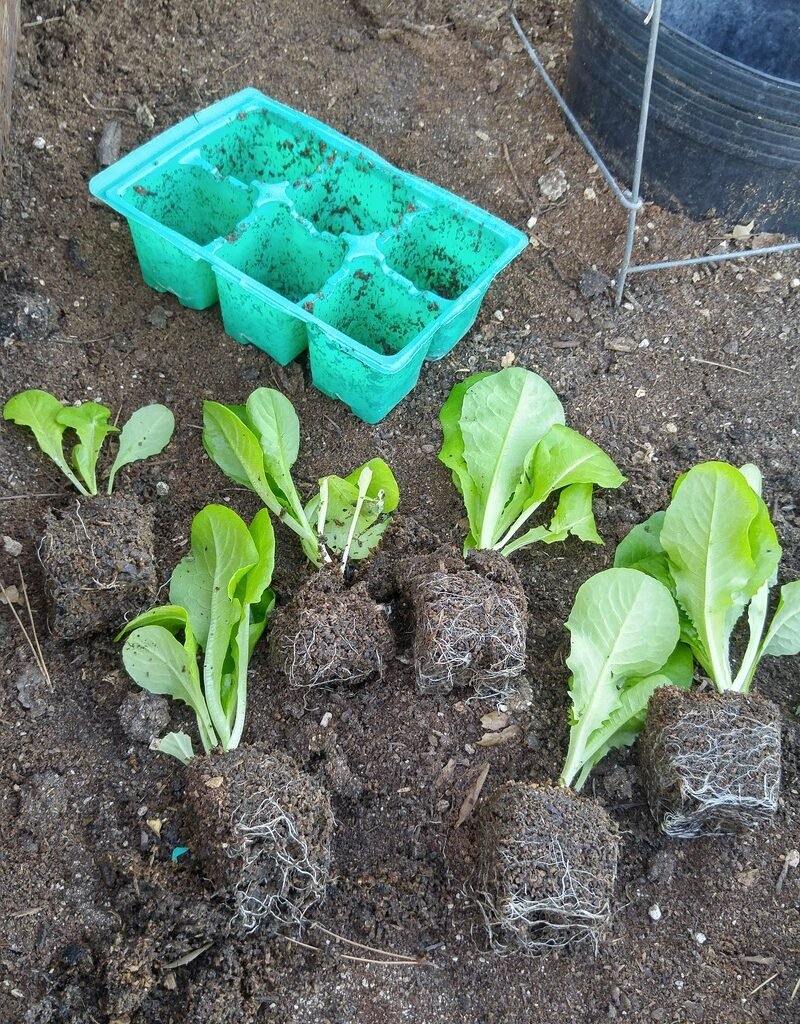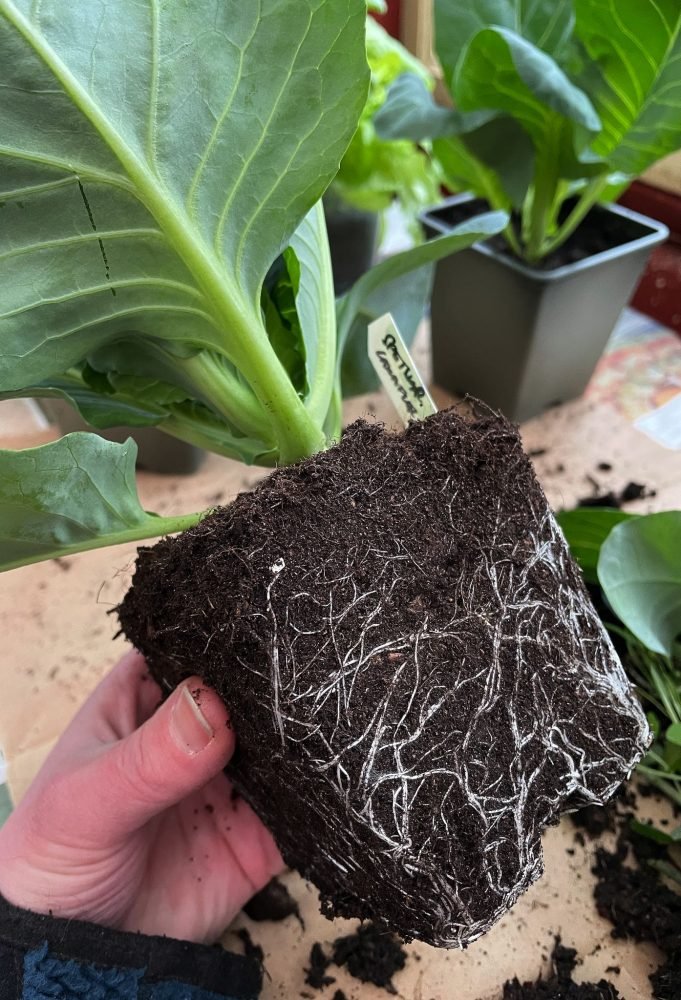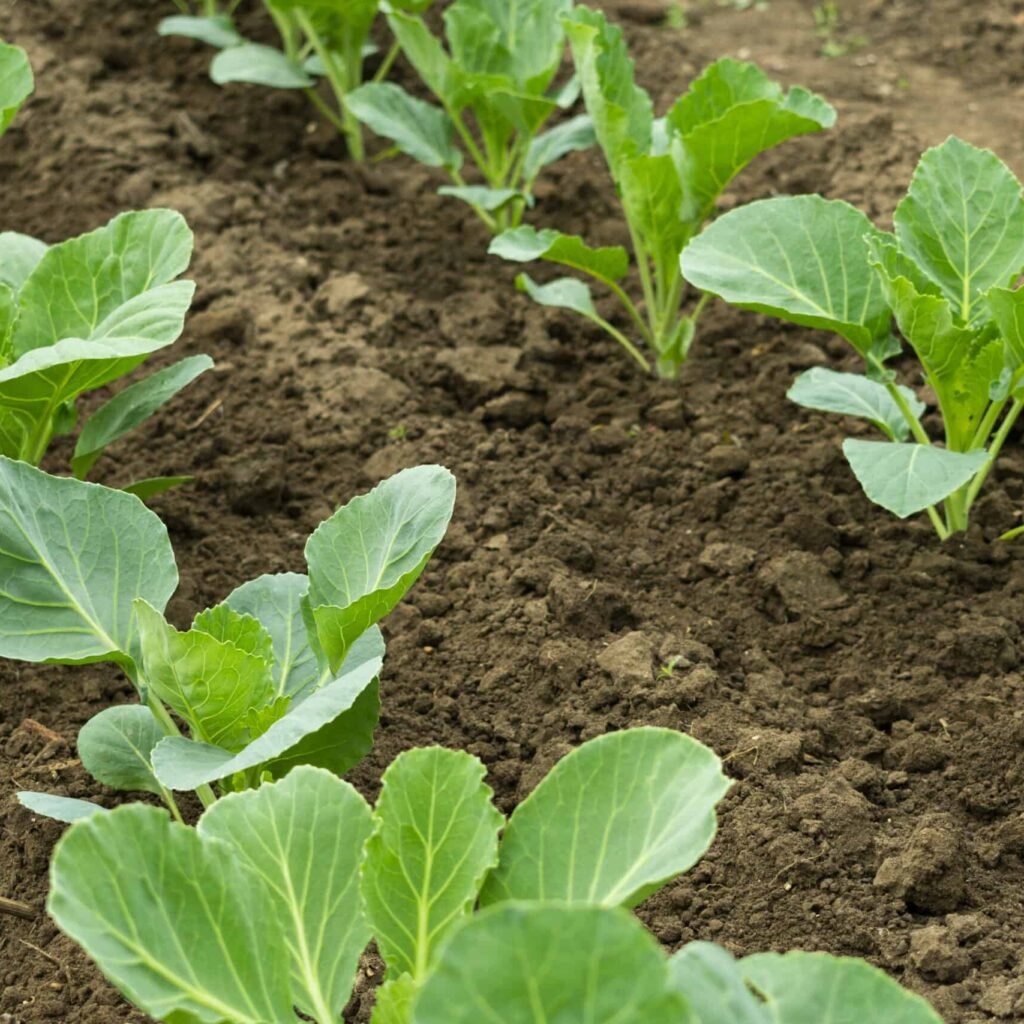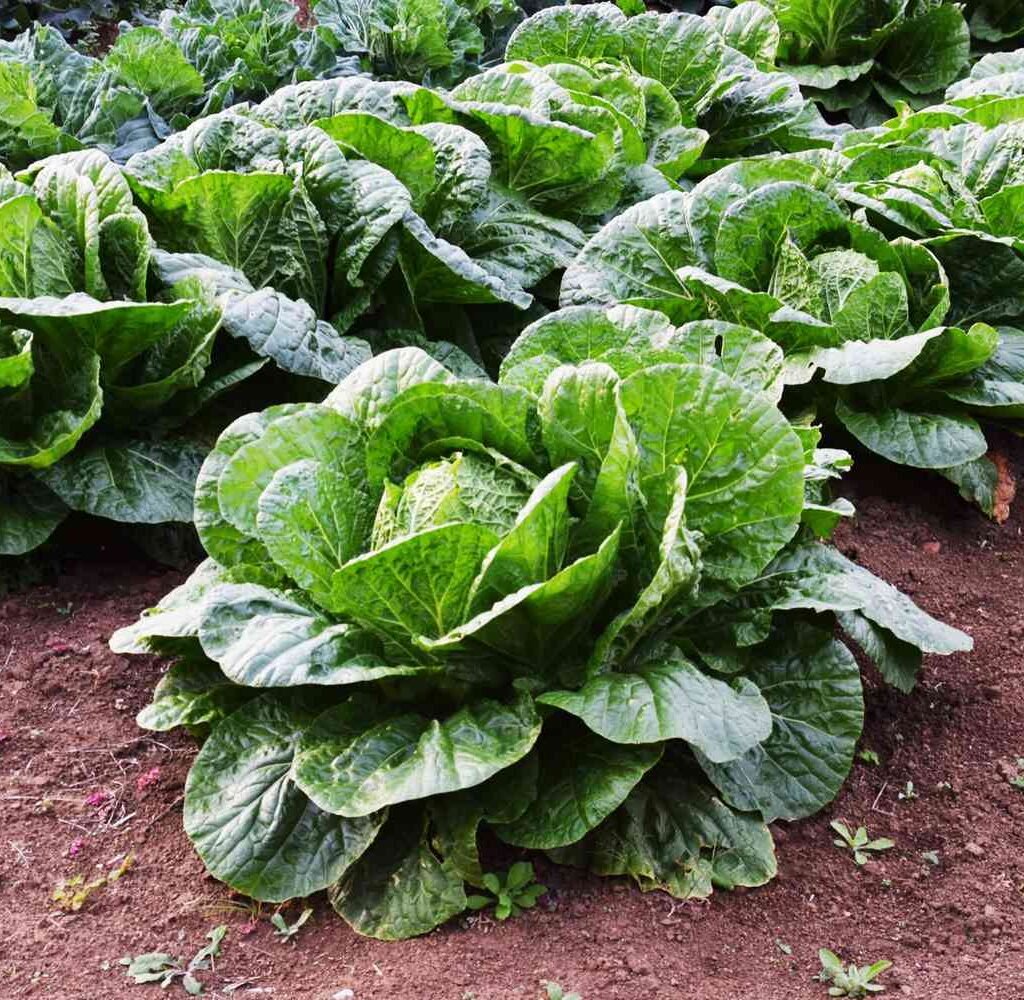Once seen as a simple, old-fashioned vegetable, cabbage is experiencing a true renaissance in American kitchens. From coleslaw and tacos to stir-fries and soups, this humble leafy green is winning over chefs, nutritionists, and home cooks alike.
Packed with vitamins, fiber, and antioxidants, cabbage is not only nutrient-dense but also incredibly versatile and affordable. Whether it’s crisp green cabbage in your summer slaw, savory red cabbage in winter braises, or fermented kimchi in health-conscious diets, cabbage offers endless ways to eat well — without breaking the bank.
Let’s dive deep into why cabbage deserves a spotlight as one of America’s top budget-friendly superfoods.
What Is Cabbage? A Quick Overview

Cabbage (Brassica oleracea) belongs to the cruciferous family — the same group as broccoli, cauliflower, kale, and Brussels sprouts. Native to Europe, it’s been grown for more than 4,000 years and was even a staple in ancient Greek and Roman diets.
Today, cabbage is cultivated worldwide, with the United States producing thousands of acres annually, particularly in California, Texas, and New York.
There are many varieties of cabbage, but the most common ones include:
- Green cabbage: The classic round head used in slaws and soups.
- Red cabbage: Deep purple leaves, great for salads and pickling.
- Savoy cabbage: Crinkled, tender leaves ideal for wraps and sautés.
- Napa cabbage: A mild, elongated Asian variety, essential for kimchi and stir-fries.
Nutrition Breakdown: Why Cabbage Is a True Powerhouse
Cabbage might be low in calories, but it’s bursting with nutrition. One cup of shredded raw cabbage (around 89 grams) contains:
- Calories: 22
- Protein: 1g
- Fiber: 2g
- Vitamin C: 54% of the Daily Value (DV)
- Vitamin K: 85% of the DV
- Folate: 10% of the DV
- Manganese, Calcium, and Potassium: Moderate amounts
What makes cabbage especially impressive is its high level of phytonutrients — plant compounds that support the immune system, reduce inflammation, and may even help prevent chronic diseases.
Top Health Benefits of Eating Cabbage

1. Boosts Immunity
Cabbage is rich in vitamin C, a powerful antioxidant that strengthens your immune defenses. A single serving can provide more than half of your daily vitamin C needs — perfect during cold and flu season.
2. Promotes Heart Health
Cabbage contains anthocyanins (especially in red cabbage), which have been shown to lower blood pressure and reduce the risk of heart disease. Its high fiber content also helps reduce LDL cholesterol levels.
3. Supports Healthy Digestion
Thanks to its fiber and prebiotics, cabbage promotes a healthy gut by nourishing beneficial bacteria. Fermented cabbage (like sauerkraut and kimchi) adds probiotics, improving digestion even more.
4. Helps Fight Inflammation
The antioxidants and sulfur compounds in cabbage, including sulforaphane, help reduce chronic inflammation — a root cause of many diseases, from arthritis to diabetes.
5. Aids in Weight Management
Low in calories but high in water and fiber, cabbage makes you feel full longer. It’s a great food for weight loss plans or calorie-conscious diets like keto or Whole30.
6. Strengthens Bones
Vitamin K plays a key role in bone metabolism and calcium absorption. Regular cabbage intake supports bone density and may reduce the risk of osteoporosis.
7. Detoxifies the Body
Cabbage’s natural sulfur and glucosinolate compounds help the liver filter out toxins, promoting cleaner skin and better overall metabolism.
How to Cook Cabbage (Without Losing Its Crunch or Flavor)

The key to cooking cabbage lies in balancing flavor and texture. Overcooking can lead to mushiness and a strong sulfur smell, but when prepared right, cabbage becomes sweet, tender, and delicious.
Here are popular American ways to enjoy cabbage:
1. Classic Coleslaw
Nothing says summer like a creamy or vinegar-based coleslaw. Shred green or red cabbage, mix with carrots, and toss in a light dressing made from mayo, apple cider vinegar, and a touch of honey.
2. Sautéed or Stir-Fried Cabbage
Quickly sauté cabbage with olive oil, garlic, and a splash of soy sauce or vinegar. This side dish pairs perfectly with grilled meats or rice bowls.
3. Asian-Inspired Napa Cabbage Stir-Fry
Toss chopped Napa cabbage with ginger, sesame oil, and tofu or chicken for a low-carb, high-protein dinner ready in minutes.
4. Cabbage Soup
A warm bowl of cabbage soup is comforting, nourishing, and great for meal prep. Combine cabbage with onions, tomatoes, and broth for a healthy, detoxifying meal.
5. Roasted Cabbage Steaks
Cut cabbage into thick rounds, drizzle with olive oil and seasonings, and roast at 425°F for 25–30 minutes. The result? Crispy edges and a soft, caramelized center.
6. Stuffed Cabbage Rolls
A comforting Eastern European favorite — blanched cabbage leaves wrapped around a filling of rice, herbs, and seasoned meat or lentils, simmered in tomato sauce.
7. Fermented Favorites: Sauerkraut & Kimchi
Ferment shredded cabbage with salt (for sauerkraut) or chili paste and garlic (for kimchi). These probiotic-rich foods promote gut health and add a tangy kick to any meal.
Cabbage Varieties and Their Unique Uses

| Type | Color & Texture | Best For |
|---|---|---|
| Green Cabbage | Pale green, firm | Slaws, soups, sautéing |
| Red Cabbage | Deep purple-red | Pickling, salads |
| Savoy Cabbage | Crinkled, soft leaves | Wraps, stir-fries |
| Napa Cabbage | Light green, tender | Kimchi, Asian dishes |
Each type offers a unique flavor and nutrient profile, so try rotating them in your meals for variety.
Buying and Storing Tips for Freshness
To pick the perfect cabbage:
- Choose tight, firm heads with crisp leaves.
- Avoid those with brown spots or wilted edges.
- Smaller heads tend to be sweeter and more tender.
Storage Tip:
Keep whole cabbage heads in the refrigerator’s crisper drawer, unwashed, for up to 2 weeks. Once cut, wrap in plastic or store in an airtight container and use within a few days.
Pro tip: Cabbage actually lasts longer than most greens, making it ideal for bulk shopping or prepping healthy meals for the week.
Cabbage in American Cuisine: From Farm to Table

Cabbage plays a quiet but essential role in American food culture. You’ll find it:
- In coleslaw at every backyard barbecue
- Layered into fish tacos for crunch
- Mixed into Southern-style fried cabbage with bacon
- As a staple in Midwestern soups and stews
- Or fermented into sauerkraut, a beloved hot dog topping
Recently, with the rise of plant-based diets, cabbage has found new life as a meat substitute in vegan recipes — shredded in burritos, stuffed in wraps, or even grilled as a hearty main dish.
Fun Facts About Cabbage
- The world’s largest cabbage weighed over 138 pounds, grown in Alaska!
- In ancient times, Romans believed cabbage could cure hangovers.
- Coleslaw comes from the Dutch word koolsla, meaning “cabbage salad.”
- Red cabbage juice can act as a natural pH indicator, turning pink or blue based on acidity.
Why Cabbage Deserves a Regular Spot on Your Plate
If you’re looking for a budget-friendly, nutrient-packed, and endlessly versatile vegetable, cabbage is a top choice. It fits into every diet — keto, vegan, paleo, gluten-free — and works in everything from hearty dinners to fresh salads.
Plus, its long shelf life and low cost make it one of the most practical vegetables for meal planning in American households.
Whether you’re tossing it into tacos, fermenting it for gut health, or roasting it for a weeknight dinner, cabbage proves that healthy eating doesn’t have to be complicated — or expensive.
Conclusion: The Humble Green That Does It All
In a world full of trendy superfoods, cabbage remains timeless. It’s the quiet champion of nutrition, flavor, and versatility — the kind of ingredient that effortlessly fits into any kitchen, any recipe, any season.
So next time you’re in the produce aisle, grab a head of cabbage. Chop it, shred it, or roast it — and discover why this humble vegetable is reclaiming its spot as a true American pantry essential.






Leave A Comment